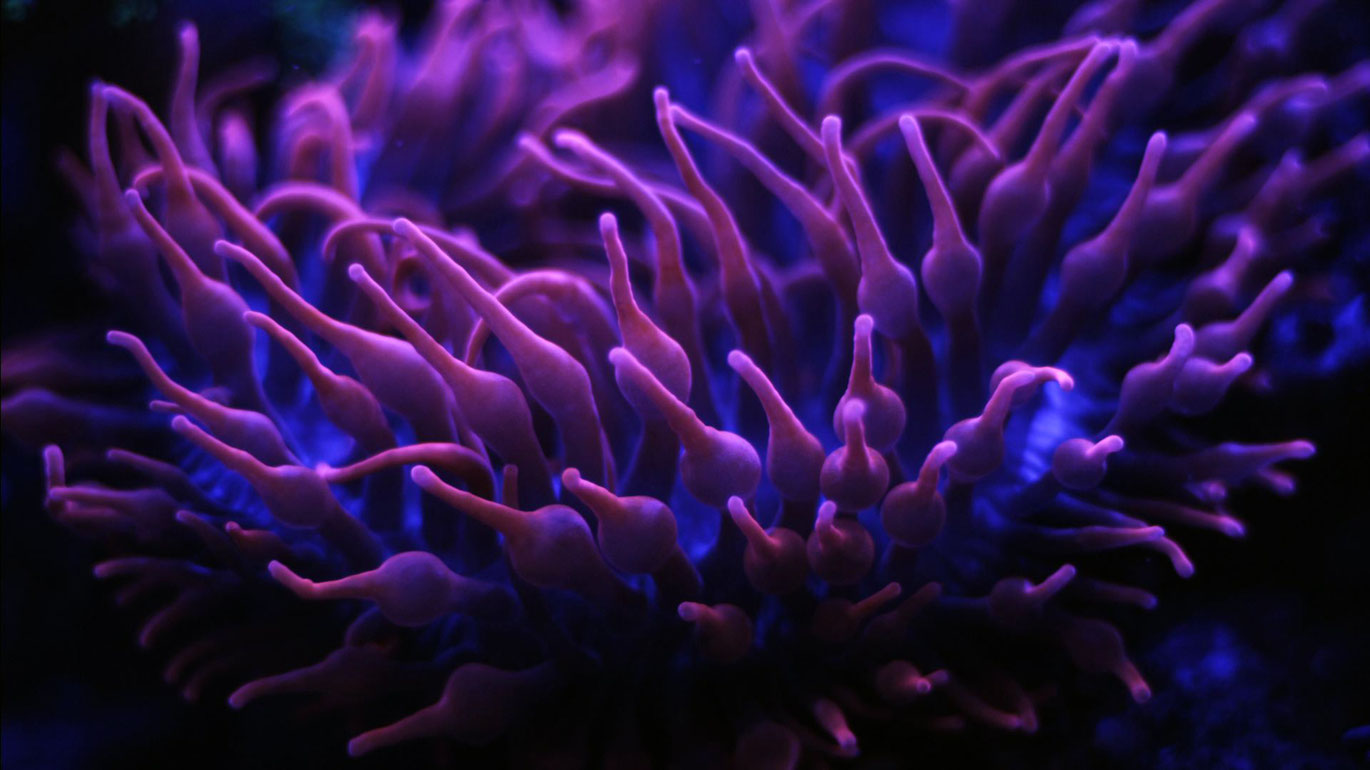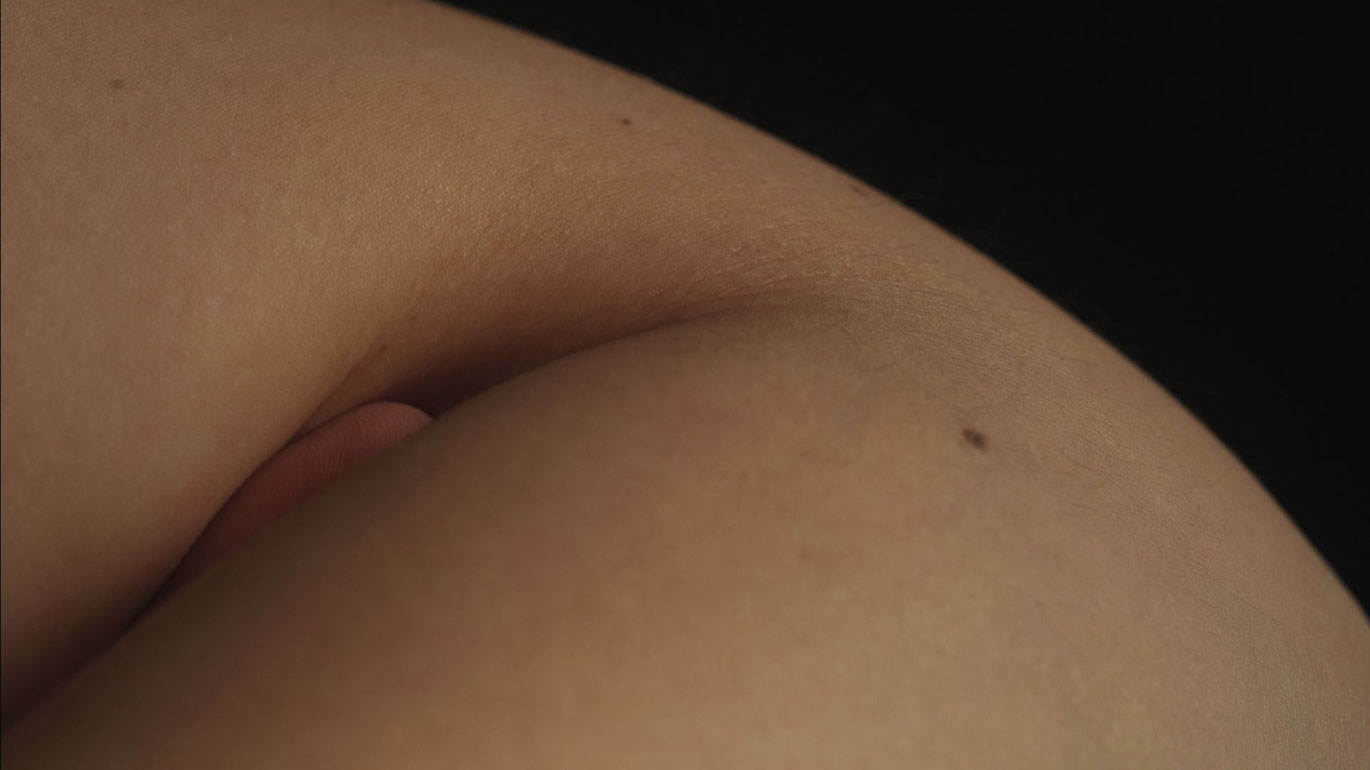Seas of Pearls
Images inhaled and exhaled, gently but deeply. Details of a naked person, close-ups of deep-sea creatures—jelly fish, algae, cnidaria, at first, still a stony landscape. Small, precise picture waves, as though set off by hitting the surface of still water, set Seas of Pearls in motion. With this we experience through our bodies an encounter with the bodies in the film, and the body film: how the camera makes contact with the surfaces, how it transmits the rhythm of swimming beings to itself, how the montage gently rises and ebbs away, how the light refracts in the lens.
In the fourth of nine parts of a series of works based on Arthur Schnitzler´s "Traumnovelle" ("Dream Story"), Katrina Daschner constructs a unique shift of the usual gaze: we do indeed see thoroughly sensual, haptic creatures that invite us to touch them, but we never arrive at the false calm of clear gender categorization. Whether man or woman plays no role, cannot be established, is fluid and fleeting, like the surfaces of the film itself. One sees aesthetic, seductive, moving, pulsating, sprawling phenomena and organisms, which want to be touched yet nonetheless glide away with the gaze at the images. Here, the eye of the world does not make them a sign, as the camera is, instead, a body that relates to other bodies. "Thousand tentacles feeling their way through space rather than a single lens taking it in view" (Anne Rutherford).
(Alejandro Bachmann)
Translation: Lisa Rosenblatt
Jellyfish floating gracefully through the water. Gently swaying sea anemones. Fragmenting closeups of naked skin. Gaping fissures in rough rock. Sensual body sculptures that blend in their similarity of form and montage to a hybrid film body: silent, beautiful, erotic. The reproduction of bodies far from social ascription as new artistic creations — in and through film. (Diagonale, catalogue 2016)
Perlenmeere
2016
Austria
9 min



